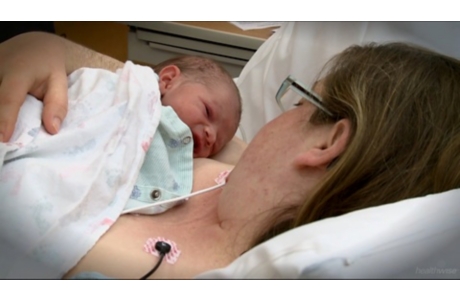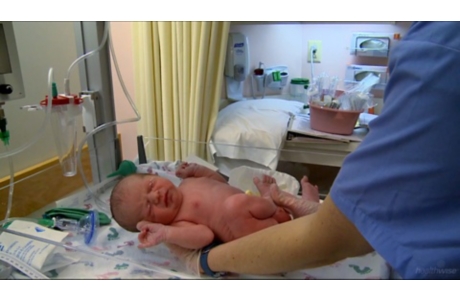vbac: uterine scar rupture
overview
the most rare yet most serious risk of vaginal birth after caesarean (vbac) is that the scar on the uterus may break open (rupture) during labour. women who have a low transverse caesarean scar have a lower risk of rupturing than women who have a vertical incision scar. about 5 out of 1,000 women (0.5%) with a low transverse scar have a uterine rupture during a trial of labour.footnote 1
a woman's risk of uterine rupture increases with:
- each additional uterine surgical scar.
- any uterine scar that reaches above the lower, thinner part of the uterus, such as a vertical (classical) scar.
- the use of medicine to start (induce) labour. some doctors avoid the use of any medicine to start a vbac trial of labour. other doctors are comfortable with the careful use of certain medicines to start labour.
in the rare event that a uterine scar ruptures, it can be dangerous to both the mother and her infant.
depending on severity, a rupture can:
- be mild and harmless.
- often be repaired. if it is not repairable, the uterus is removed (hysterectomy).
- cause severe maternal bleeding and a decrease in oxygen to the baby.
- cause fetal brain damage or death.
credits
current as of: july 10, 2023
author: healthwise staff
clinical review board
all healthwise education is reviewed by a team that includes physicians, nurses, advanced practitioners, registered dieticians, and other healthcare professionals.
current as of: july 10, 2023
author: healthwise staff
clinical review board
all healthwise education is reviewed by a team that includes physicians, nurses, advanced practitioners, registered dieticians, and other healthcare professionals.
guise jm, et al. (2010). vaginal birth after cesarean: new insights. evidence report (publication no. 10-e003). rockville, md: agency for healthcare research and quality.




